How to Machine Stitch a Blind Hem
Blind Stitch Hemming
With a little different sewing presser foot, this is a great way to’ finishing the hems of your sewing projects, particularly suitable for trousers and skirts.
Tools
Sewing machine
Blind hem foot
Sewing thread (For this tutorial, I used an opposing coloured sewing thread to demonstrate, for your project, you should always use matching colour thread)
Steps
1. Fold up the hem towards its right side and fold it back to form a 1/4 inch (0.5cm) seam allowance. Make sure the wrong side of the fabric is facing you.
2. Change the sewing machine setting to blind hem stitch.
3. Place the fabric under the foot. Rotate the sewing needle manually slowly to check that when the needle comes to the extreme left, it just pierces the folded edge. Lower the presser foot.
4. Turn the guide screw to adjust the position of the presser foot guide to match with the folded edge.
5. Sew the fabric, while guiding the folded edge along the guide.
6. Open the fold flat. Press the fabric.
Note: If the needle drops to far left, the stitches will show on the right side of the fabric.
Learning an useful skill like this means you can take your sewing projects onto another level. Why not browse through our selections of linen, and take a pick of your favourite colour and start on a new sewing project today?
Leave a Reply to Maryann's Cancel reply
Related posts
An Introduction to Common Crotch Adjustments
Recently, I drafted a pattern and made a toile of a pair of drop-crotch pants. When I tried them on, I straight away noticed (and felt) they weren’t quite right. The most obvious issue was that the back crotch felt tight and pulled uncomfortably, especially when bending over. Walking also felt a little restricted, with…
How to Thread a Sewing Machine: A Beginners Guide – Part 2
Now that we’ve covered the basics of threading a sewing machine in Part 1, let’s move on to some additional functions. In Part 2, I’ll show you how to change both the needle and the presser foot. I’ll also introduce the twin needle, and share some helpful troubleshooting tips for common issues that can happen when…
Made by Hand: Ellen Merchant’s Printed Textiles
One of Britain’s most exciting and adventurous textile and wallpaper designers working today, Ellen Merchant places traditional print processes and high-quality materials at the heart of her creative practice. Inspired by the Arts and Crafts emphasis on hand-made design over mass-produced goods, her work embraces traditional, hand-block printing techniques and features intricate, ornate, botanical designs…
How to Thread a Sewing Machine: A Beginners Guide – Part 1
Threading a sewing machine can feel a bit daunting at first, but it quickly becomes second nature after you’ve done it a couple of times. These days, I don’t even think about it—muscle memory just takes over. That said, writing this tutorial made me slow down and walk through each step more deliberately. It reminded…
SEW THIS LOOK
LATEST COMMENTS
- Sewing Essentials: Sewing Tools
08 Jan 2025 @ 9:37 am by Sewing Tools That Simplify Stitching: 10 Clever Finds for Every Sewist - Hubert de Givenchy: Parisian Chic
23 Jan 2020 @ 3:25 am by The Timeless Style of Hubert de Givenchy: From Audrey Hepburn to Global Icon - The Pulse of the Fashion - Understanding Seam Allowance: A Simple Guide
22 Apr 2025 @ 3:05 am by How to Design a Sleeve Pattern | Fit-First Method - Tutorial: Shirring with Elastic Thread
30 Oct 2024 @ 3:25 pm by Honest Review: Rooscier Wrap V Neck Swiss Dot Mini Dress | Style & Fit Insights - Jeanne Lanvin: Modern Romantic
19 Dec 2019 @ 3:20 am by Jeanne Lanvin and the Evolution of Women’s Fashion in Early 20th Century Paris - The Pulse of the Fashion


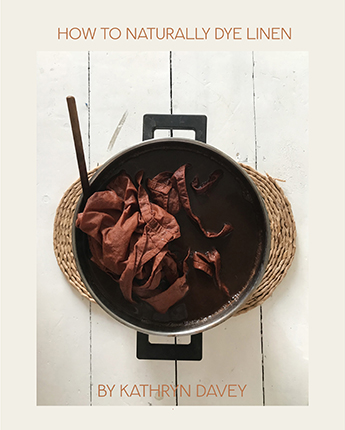
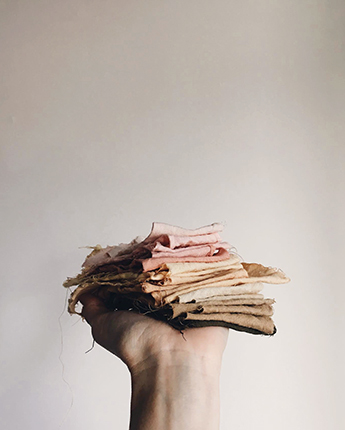




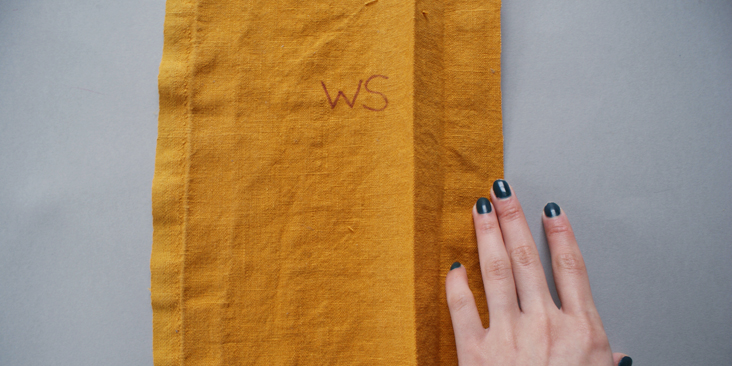
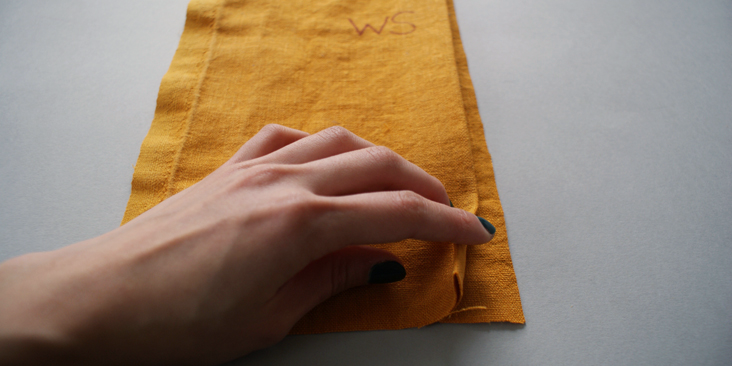
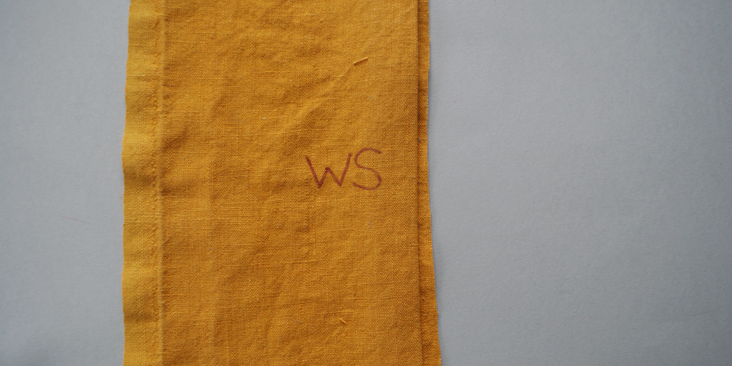
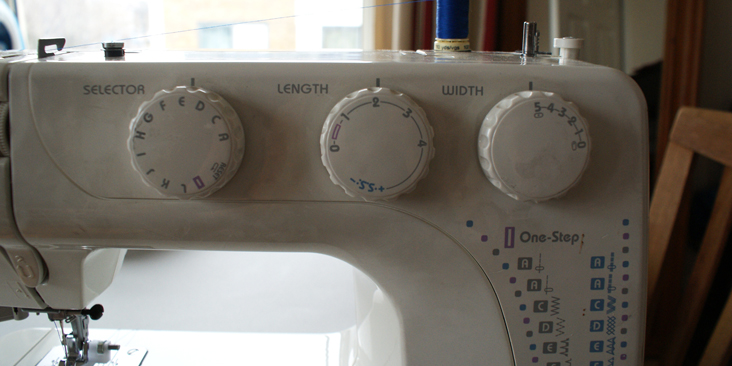
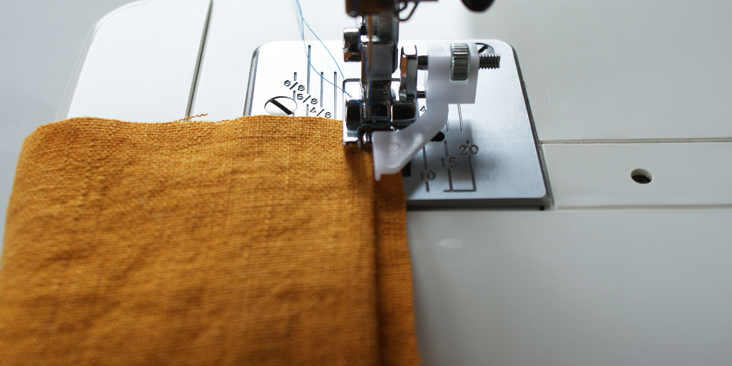
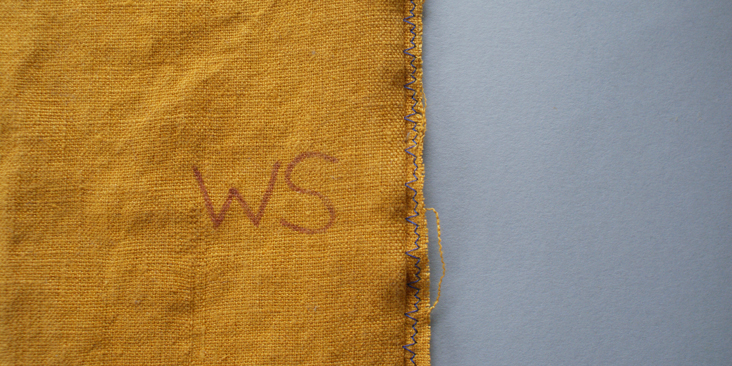
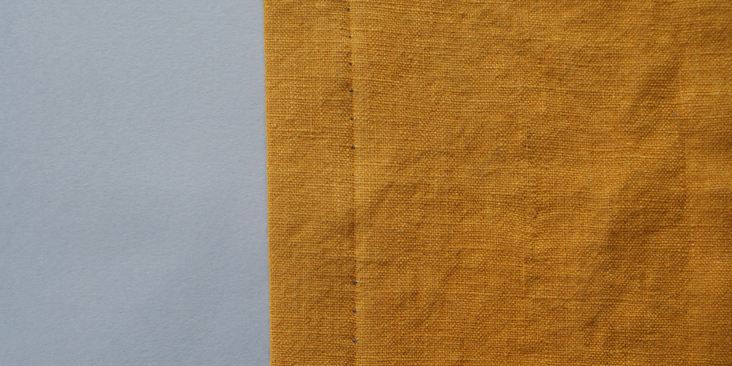
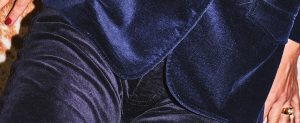



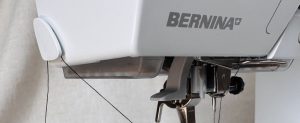
































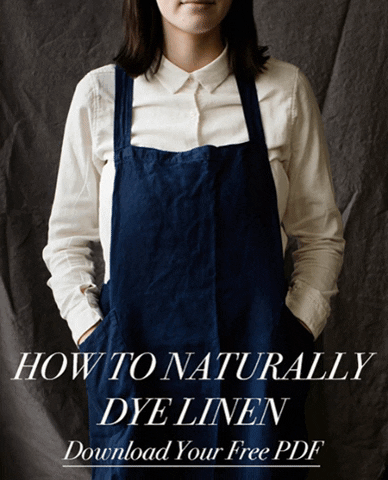
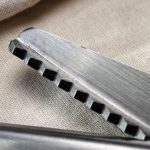



5 Comments
Karen Alexander
Lovely blind hem… except for that raw edge, which will fray out after just a few washes. Use that little machine’s running zig zag (or overcast) stitch to finish that edge first, THEN do your lovely blind hem… now the hem will be secure and washable too!
Amy Carpenter
Good point, Karen… 🙂 I usually run edges like that through my Serger before hemming, but a zig-zag’s just as good! It does look like this machine’s version of a “blind hem” is also doing a slight zig-zag on the hidden part, but many “blind hem” settings just run a straight stitch on that area.
Could probably also do a rolled edge (even neater than zig-zag/Serger!) before blind-hemming, too…
Cynthia Fong
Thank you for your comment and suggestion. You are right, treating the edge first will make the garment last a lot longer! Thank you for your tip.
Maryann's
Hello — I tried to sign up for Thread tutorials, etc . You keep telling me my e -mail is invalid. Not the case.
Masha Karpushina
hey Maryann, what is your email please: you can email it to me at maskar@gmail.com? I will forward it to our team.